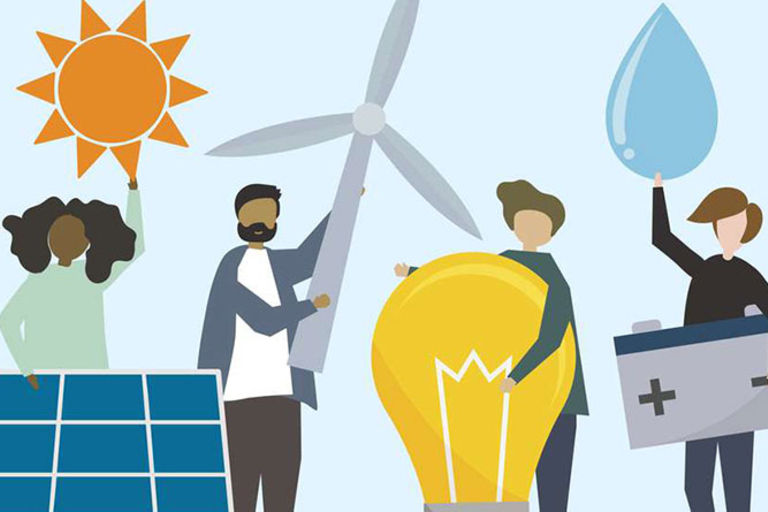The anticipated introduction of Renewable Energy Sources auctioning to replace the Feed-in-Tariff (FiT) is one of the most desirable policy changes under the Energy Act 2019, and yet the most difficult to implement at the moment.
This comes in the wake of new technologies that have greatly reduced the cost of producing renewable energy, especially for solar and wind farms. While, for example, in 2020 Abu Dhabi issued a record low solar bid for $0.0135/kWh, Kenya Power and Lighting Company (KPLC) as the energy off-taker still finds itself paying unconscionably fixed high tariffs to energy developers who signed into Power Purchase Agreements (PPAs) way before.
The tariffs currently in place in Kenya range from $0.07/KWh to $0.12/kWh. Given the longevity of PPAs in the range of 20-25 years, with little or no avenue for renegotiation, Kenya Power is likely to find itself in this cost quagmire for a long time.
The FiT has been the most established energy purchase policy. FiT is negotiated individually based on the technology employed in the production of energy and it is thought to provide a stable investment environment where developers are assured of long-term returns, usually on a 20-25 years contract while the off-taker is assured of a continued supply of energy to the national grid.
Therefore, renegotiating the tariff at a later date is barely an option due to the fixed obligation to take and pay, and also since the technology employed is unlikely to be altered significantly during the term of the contract.
Being contractually obliged to pay for all the power that is fed into the grid whether that power is utilised or not, KPLC finds itself in a precarious position where it is convinced that moving towards a bidding system is the best corrective mechanism to this economic mess. A twin problem with the pricing menace is also the grid destabilisation, which is created by unbalanced demand and supply of power within the grid, which again has been attributed to the lack of energy storage capabilities in the already developed energy plants. While existing farms could be encouraged to include a storage element in their technology for grid stabilisation, storage in itself is very expensive and this policy could increase the cost of energy.
In the recent past, the concept of energy bidding or energy auctioning has been adopted in some countries as a subtle way of reducing the cost of energy while imposing otherwise costly solutions such as battery storage.
In this system, off-takers are cognizant of the costs involved in producing energy and therefore encourage competitiveness by awarding energy purchase contracts to the lowest bidder. As such, the burden of producing power using the best technology at the most affordable cost is passed to the developer who must place a bid for evaluation.
Auction Of Renewable Energy Sources
Energy auctioning presents certain strengths such as the flexibility to tailor different designs to cater for different economic situations. Real price discovery is also achievable with competitive bidding, which in developing countries such as Kenya can also serve the purpose of bridging the information gap between the regulator and the developers, especially in the field of evolving technology and the associated costs.
By undergoing a transparent, fair and open procurement process, energy bidding reduces the risk of market distortion and greatly minimises the possibility of the consumer overpaying for energy.
On the other hand, an auction system could also encourage under-bidding, which eventually leads to stalled projects as has been witnessed in some infrastructure contracts in the country.
Besides, overly competitive bidding could result in over-optimism in the evolution of technology over the quality of the technology which practice overlooks the long-term cost to be incurred in the event of technology failure.
Despite the weaknesses pointed out above, energy auctioning cannot be wished away as an effective tool in deploying cost-efficient renewable energy.
Policies put in place while migrating from FiT to competitive bidding should ensure increased but healthy competition from bidders to lower the cost of energy production while still upholding quality.
The competition should be limited to bidders who have a track record of delivering energy solutions within reasonable timeframes while contributing towards other socio-economic goals.
However, it should be noted that energy auctioning mainly comes as a future solution to the cost of energy production and off-take. In the meantime, KPLC is still left to grapple with already committed high tariffs with the hope that developers, who are mainly international investors, would be open to contractual renegotiation.





